Ten villages to visit in Piedmont
1. Barolo
Barolo is one of the main centers of the Langhe and is universally known for the wine produced here, which bears the same name as the village. But that’s not all: it is also an important international center for music and letters, since the “Collisioni” festival has been held here since 2009, bringing the great stars of Italian and international music, as well as the world’s greatest writers, to Barolo every year for a formula that has no equal. An idyllic village among the hills, it draws its origins from an early medieval barbarian settlement and developed in the thirteenth century: see the Castle (which houses the Farmers’ Museum and the Historical Library organized by Silvio Pellico), the Enoteca, and the WiMu - Wine Museum, Barolo’s ethnographic and enological museum.
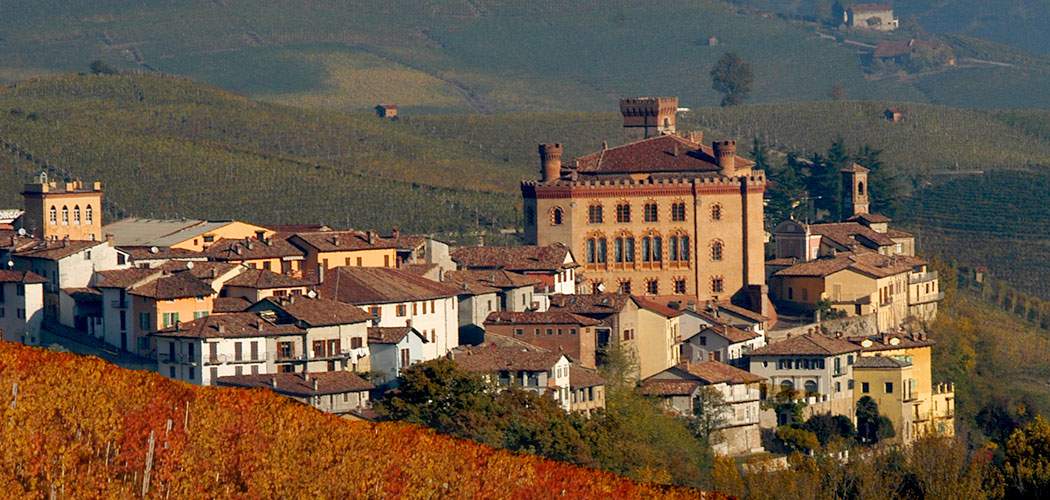 |
| View of Barolo |
2. Volpedo
Volpedo’s name is linked to that of its most illustrious historical citizen: the great painter Giuseppe Pellizza, author of the Fourth Estate, who was born and died here. The artist’s presence is still very much alive here: in the 19th-century church of St. Peter the Apostle is one of his St. Luigino painted in 1894, and to learn more about his history his art is possible to go to the Pellizza da Volpedo Museums: the painter’s Studio, the Educational Museum and the Romanesque parish church of St. Peter, where dedicated itineraries have been set up to deepen our knowledge of him. The Romanesque parish church is also the village’s main monument: built in the 10th century and remodeled in the 15th century, it houses Renaissance frescoes.
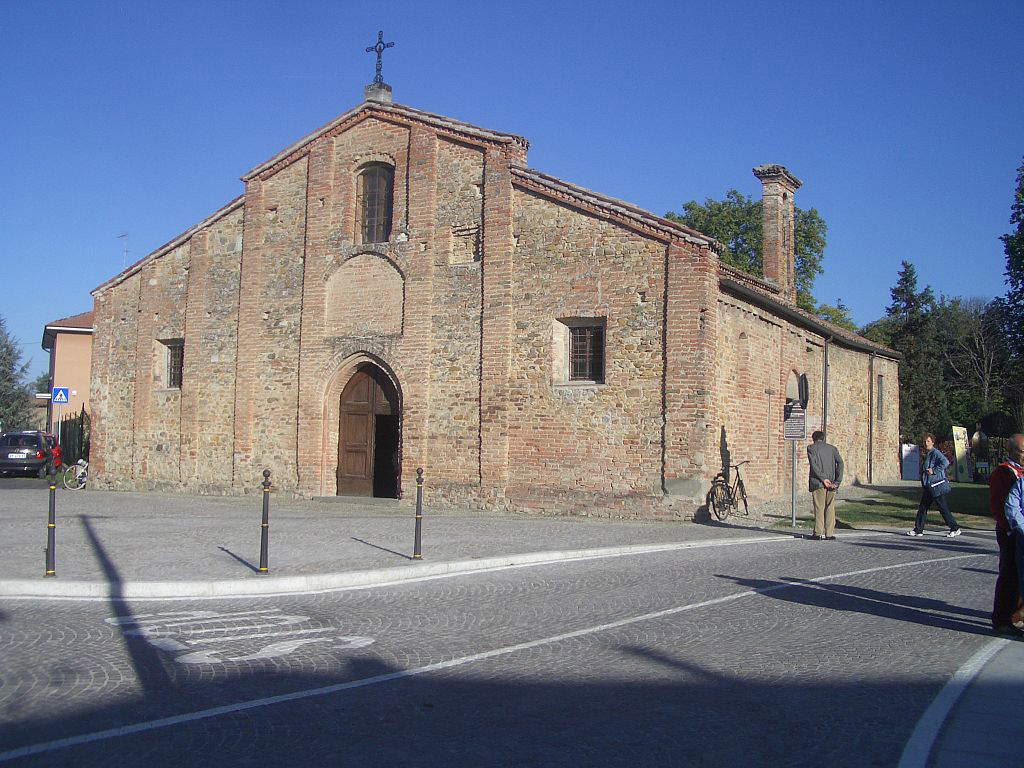 |
| The Romanesque parish church of Volpedo |
3. Mondovi
Now a modern center of more than twenty thousand inhabitants in the province of Cuneo, in the past it was a borderland between the possessions of the Marquises of Monferrato, the Dukes of Milan and the Savoy and therefore much disputed (there was, moreover, a period when Mondovì was the most populous town in Piedmont, in the sixteenth century). The long history of the town is reflected in its monuments: the church of San Francesco Saverio houses the works of Andrea Pozzo, one of the greatest Italian artists of the late seventeenth century; the medieval walls and towers show the development that the town achieved at that time (the Piazza Maggiore retains buildings from the Gothic period); and the Museo Civico della Stampa indicates that Mondovì was one of the most active printing centers in ancient Italy.
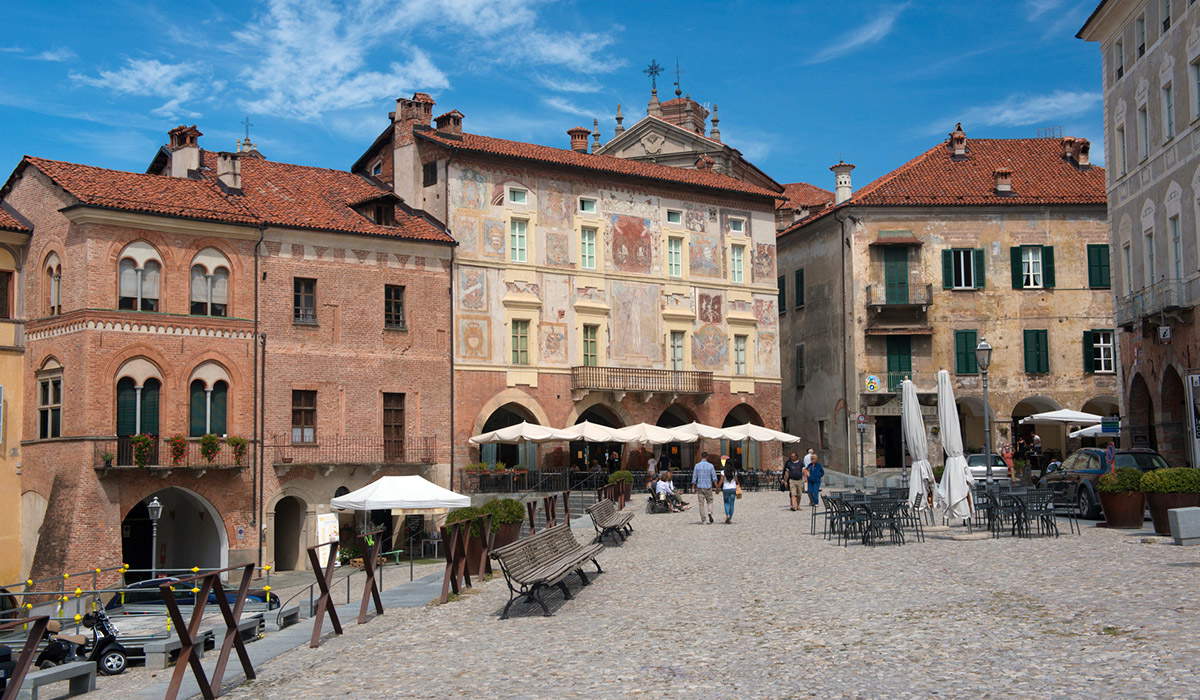 |
| Mondovì, Piazza Maggiore |
4. Orta San Giulio
Situated on a promontory overlooking Lake Orta, the village has medieval origins and is right opposite the Island of San Giulio, on which there is another small town. A must-see in Orta is the church of Santa Maria Assunta, renaissance but rebuilt in the 17th century, and not far from the village is the Sacro Monte di Orta, one of the Alpine Sacred Mountains that are part of the Unesco World Heritage Site: among the illustrious visitors who went there in the past was Friedrich Nietzsche. The Sacred Mount of Orta is, of the Alpine Sacred Mountains, the only one dedicated to a single saint, namely St. Francis of Assisi. On the Island of San Giulio, the Basilica of San Giulio and Mater Ecclesiae Abbey are worth seeing.
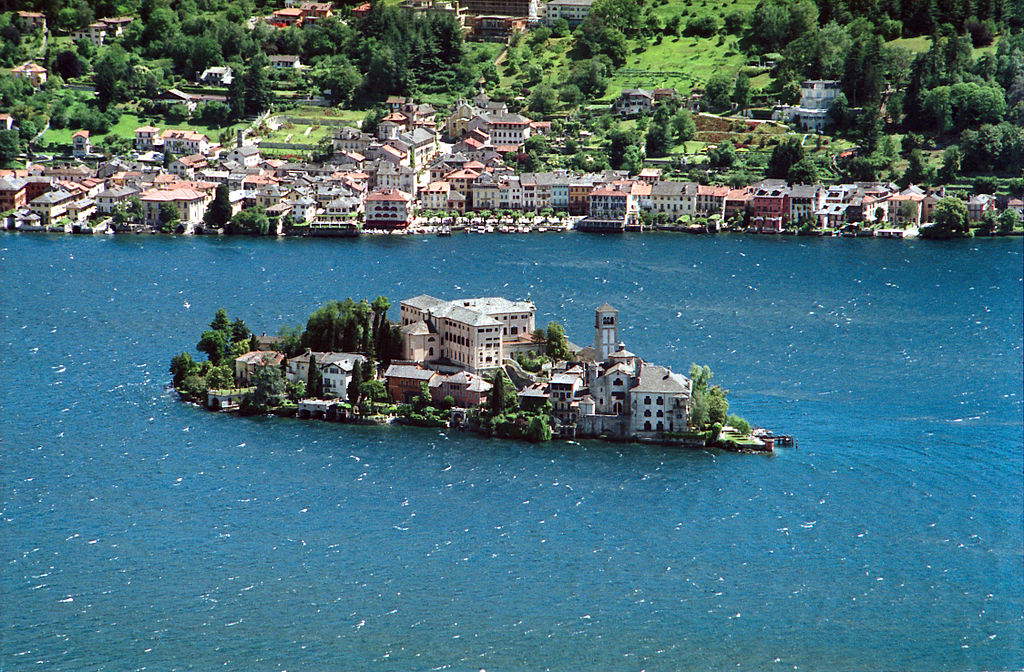 |
| View of Orta San Giulio. Ph. Credit Carlo Colombo |
5. Garessio
The history of Garessio is lost in prehistory, since settlements from that era are attested in the vicinity: today’s village is located in the mountains that were once inhabited by Ligurians who fought against the Romans, and in the Middle Ages were the possession of the marquisate of Ceva, to which Garessio was subject. The medieval village, also known as “Borgo Maggiore,” retains traces of its ancient walls: there you can see the 17th-century Palazzo Comunale, the church of San Giovanni, which houses works from the 17th century (see the churchyard designed by Giorgetto Giugiaro, who was born in Garessio), and the medieval church of Santa Maria Extra Moenia, the oldest in the village.
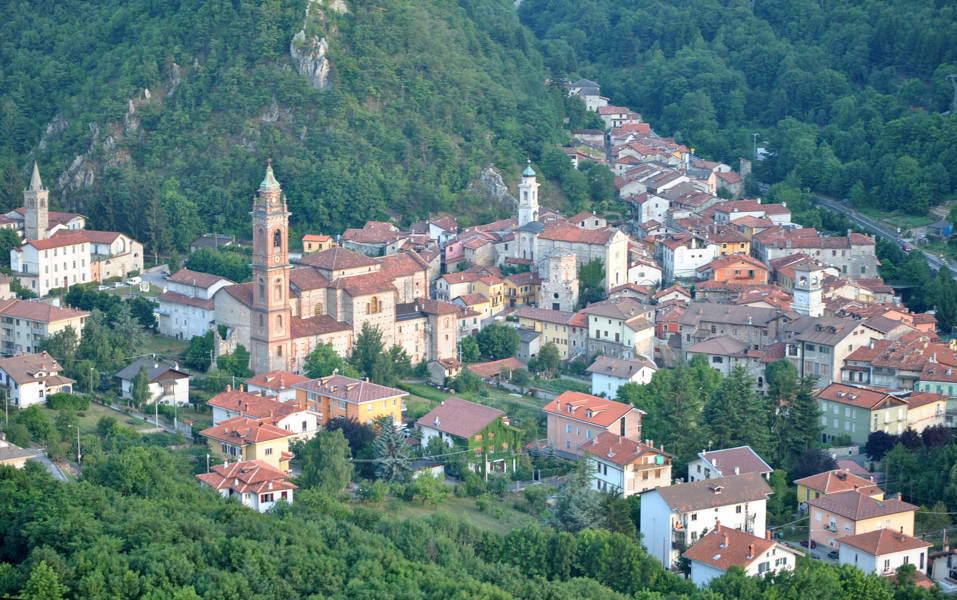 |
| View of Garessio |
6. Usseaux
A small commune of 185 inhabitants, situated at more than 1,400 meters above sea level, it is a high-mountain center in the Chisone valley and corresponds perhaps to the village that Julius Caesar calls Occellum in De Bello Gallico: it is located a few kilometers from the border with France, and a variant of the Occitan language is still spoken there. A village with a farming vocation, it is composed of a small nucleus of stone houses that has preserved its ancient appearance: one of the characteristics of Usseaux are the mural paintings found along the alleys of the village. Prominent among the monuments is the parish church of San Pietro, of 18th-century origin.
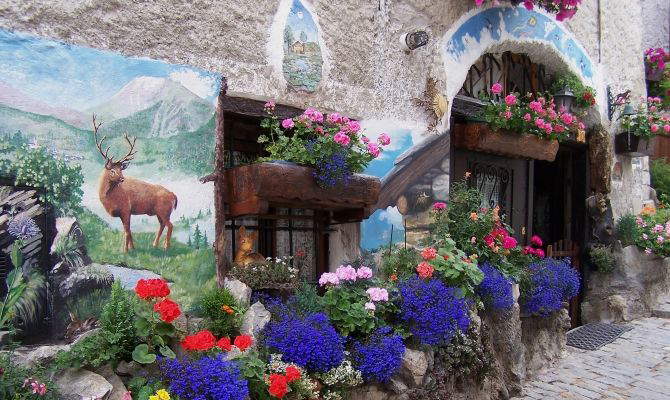 |
| One of the murals of Usseaux |
7. Arona
A pleasant village on the Piedmont shore of Lake Maggiore, Arona originated in Roman times but developed mainly during the Renaissance, when it became a fief of the Borromeo family, subject to the Duchy of Milan: it is on a rise a short distance from the historic center that stands the Colossus of St. Charles Borromeo (the saint was born in the fortress of Arona, which was dismantled during the Napoleonic era: some ruins remain today), the huge bronze statue (35 meters high), made in 1698 to a design by one of the greatest artists of the 17th century, Giovanni Battista Crespi known as Cerano, who designed it in 1614. Until the creation of the Statue of Liberty in New York, the “Saint Carlone” remained the tallest statue in the world. Sights to see in the charming old town include the lakefront, the collegiate church of the Nativity of Mary rich in works of art by important artists (don’t miss Gaudenzio Ferrari’s splendid Polyptych of the Nativity, 1510), the church of Saints Gratian, Felino, Fedele and Carpoforo (where there is an altarpiece by Bergognone), the Piazza del Popolo on which stand the 14th-century Broletto and the neoclassical church of Santa Maria di Loreto.
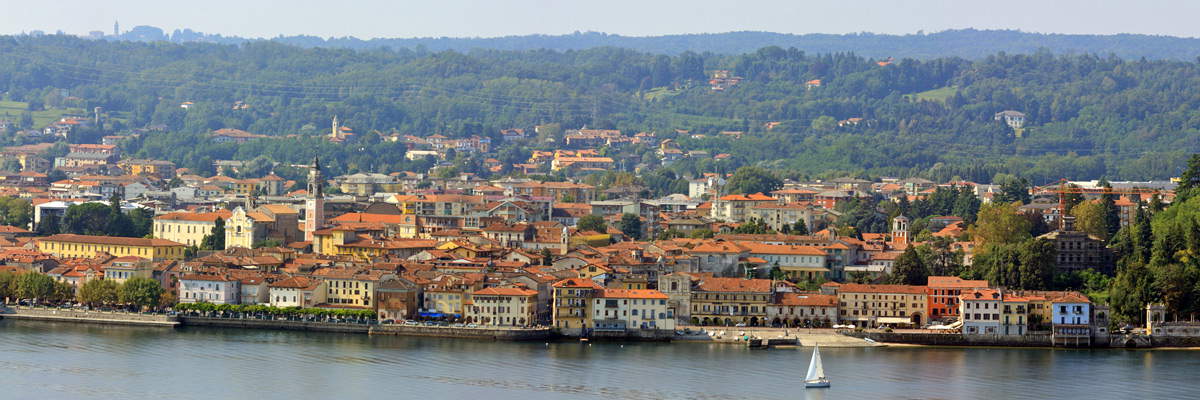 |
| Panorama of Arona. Ph. Credit Alessandro Vecchi |
8. Sestrière
A renowned ski center of international renown (it has hosted World Cup and World Alpine Ski Championship races, as well as the 2006 Winter Olympics in Turin), Sestrière, located at 2,035 meters above sea level, is the highest municipality in Italy. It is a settlement of recent origin, since it was founded in 1934 by royal decree, in a territory that belonged to the municipality of Cesana, and it links its name to that of the Agnellis: here, Giovanni Agnelli had hotels and cable cars built. The very two hotels, designed by Vittorio Bonadè Bottino, are two masterpieces of Italian rationalism. Also worth seeing is the church of Sant’Edoardo, which is twentieth-century in style but built in forms reminiscent of Romanesque churches: this, too, is the work of Vittorio Bonadè-Bottino and was commissioned by Giovanni Agnelli, who intended to commemorate his son Edoardo, who died in an accident in 1935. The portals are the work of Arturo Dazzi, one of the leading sculptors of the time.
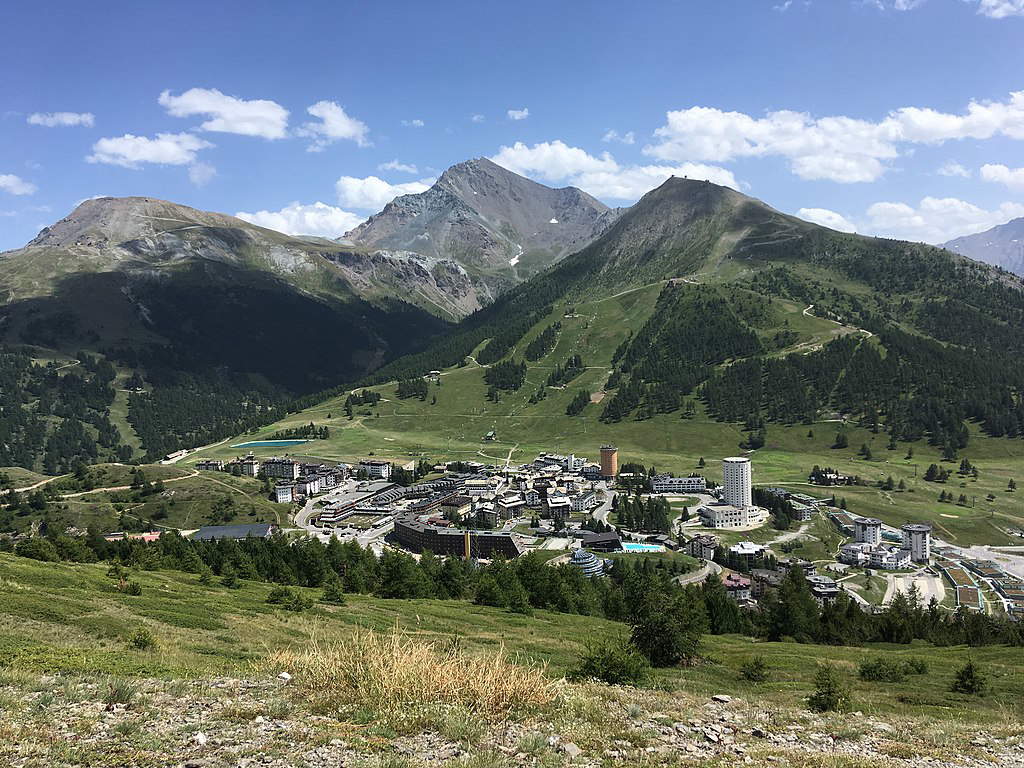 |
| View of Sestrière. Ph. Credit |
9. Cavour
It lies at the mouth of the Po Valley, near the source of Italy’s longest river, on the border between the provinces of Turin and Cuneo. The territory was inhabited by Ligurians and was later colonized by the Romans at the time of Caesar: here they founded the municipality of Forum Vibii-Caburrum, from which the present name is derived. Cavour has long been a fief of the Benso counts, a family to which the first president of the council of Italy, Camillo Benso di Cavour, famously belonged. Worth seeing is the unique Rocca, a “monandnock,” or alpine mountain rising in the middle of the plain (over which it rises more than four hundred meters), and on which stand the remains of a castle, and then again, near the town, the 11th-century abbey of Santa Maria, which houses the oldest altar in the region.
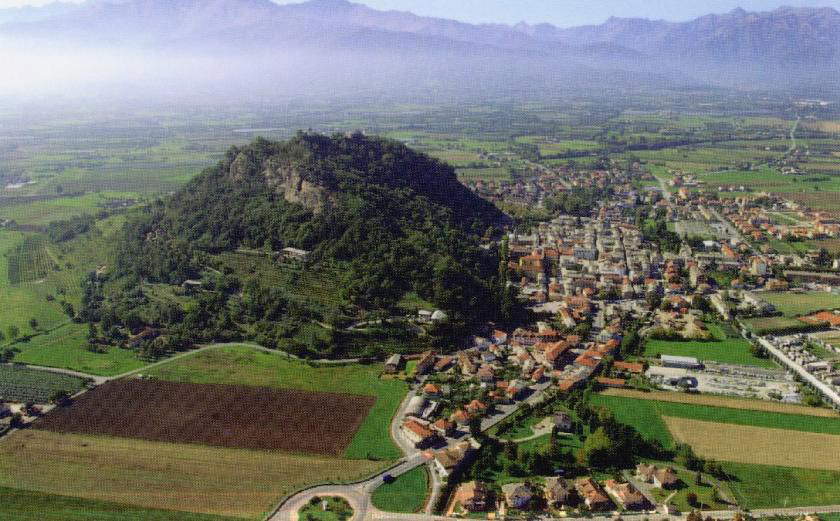 |
| View of Cavour |
10. Racconigi
A lowland village at the foot of the Cottian Alps and not far from the Roero area, Racconigi has medieval origins, a time when the town first developed, but the real impetus came only in the seventeenth century when the Savoy family strengthened the town’s main activity, namely silkworm cultivation. Not only that, the Savoy family in fact decided to establish one of their pleasure residences in Racconigi, expanding the ancient castle. Today, the palace is the Royal Castle of Racconigi, one of the UNESCO properties included in the site of the Savoy Residences of Piedmont. Also worth seeing in the village are the Baroque church of St. John the Baptist with its distinctive brick facade, the 18th-century church of Santa Maria Maggiore designed by Filippo Juvarra (the architect of the Savoy family), who rebuilt the earlier medieval building, and the shrine of Madonna delle Grazie, built at the behest of King Charles Albert of Savoy. The monumental avenue that connects the Royal Castle with the monumental Piazza Carlo Alberto is a long 19th-century avenue of particular urbanistic value.
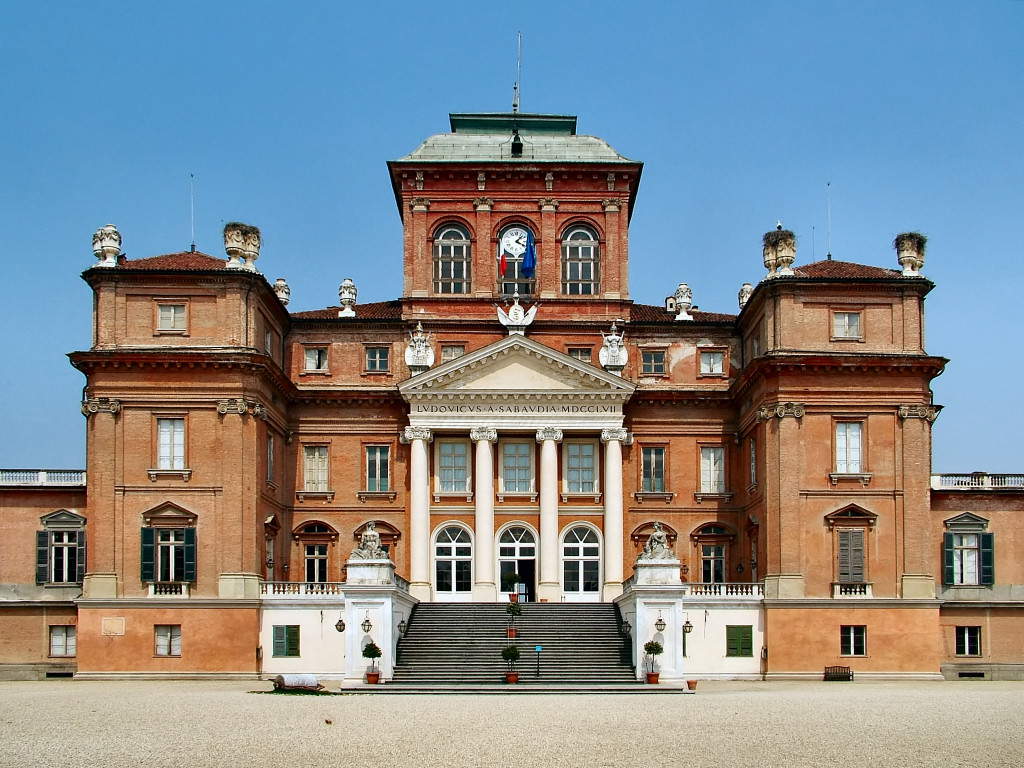 |
| The Royal Castle of Racconigi |
 |
| Ten villages to visit in Piedmont |
Warning: the translation into English of the original Italian article was created using automatic tools. We undertake to review all articles, but we do not guarantee the total absence of inaccuracies in the translation due to the program. You can find the original by clicking on the ITA button. If you find any mistake,please contact us.


























